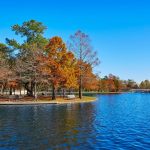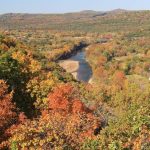Wyoming offers vast wilderness and authentic Western experiences across its rugged landscapes. The best places to visit in Wyoming include Yellowstone National Park, Grand Teton National Park, Jackson Hole, and Devils Tower. Other notable destinations are Cheyenne, Cody, and Sheridan.
Keep reading as we uncover the best places and hidden gems in Wyoming that will make your trip unforgettable.
List of Contents
- 1. Yellowstone National Park: America's First Wilderness
- 2. Grand Teton National Park: Peaks Without Preamble
- 3. Jackson Hole: Wild West Meets Mountain Luxury
- 4. Devils Tower: Monolith in the Plains
- 5. Cody: Buffalo Bill's Western Legacy
- 6. Cheyenne: Frontier Capital
- 7. Casper: Oil Boom Heritage
- 8. Laramie: University Town in the High Plains
- 9. Sheridan: Where Cowboys Come Home
- Plan Your Wyoming Adventure
1. Yellowstone National Park: America's First Wilderness
Yellowstone spans 2.2 million acres across three states, but Wyoming claims the lion's share. Old Faithful erupts every 90 minutes like clockwork, drawing crowds who wait patiently on wooden benches.
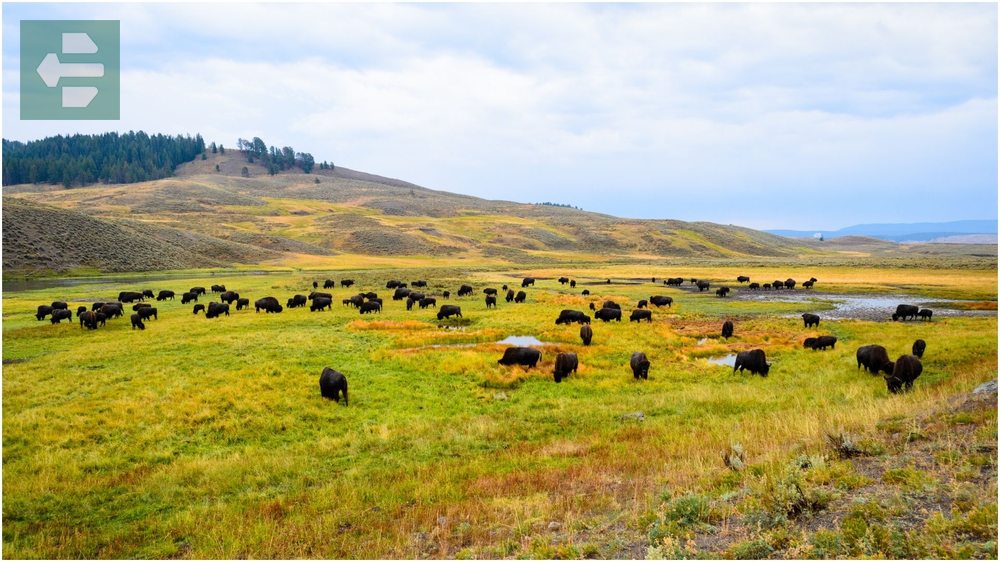
The real magic happens away from the boardwalks. Early morning at Grand Prismatic Spring reveals colors that seem impossible—electric blues and oranges that change with the light.
I learned from a park ranger to visit the geysers at dawn. The steam rises differently in cool air, creating moments that feel like stepping into another world.
Quick Facts:
- Peak season: June-August
- Getting there: Fly to Jackson or Cody, then drive
- Entry fee: From $35 per vehicle
- Suggested stay: 3-4 days
- Must-see spots: Old Faithful, Grand Canyon of Yellowstone, Mammoth Hot Springs
2. Grand Teton National Park: Peaks Without Preamble
The Teton Range rises abruptly from the valley floor with no foothills—just 13,000-foot peaks that pierce the sky. This dramatic geology creates some of America's most photographed mountain scenery.
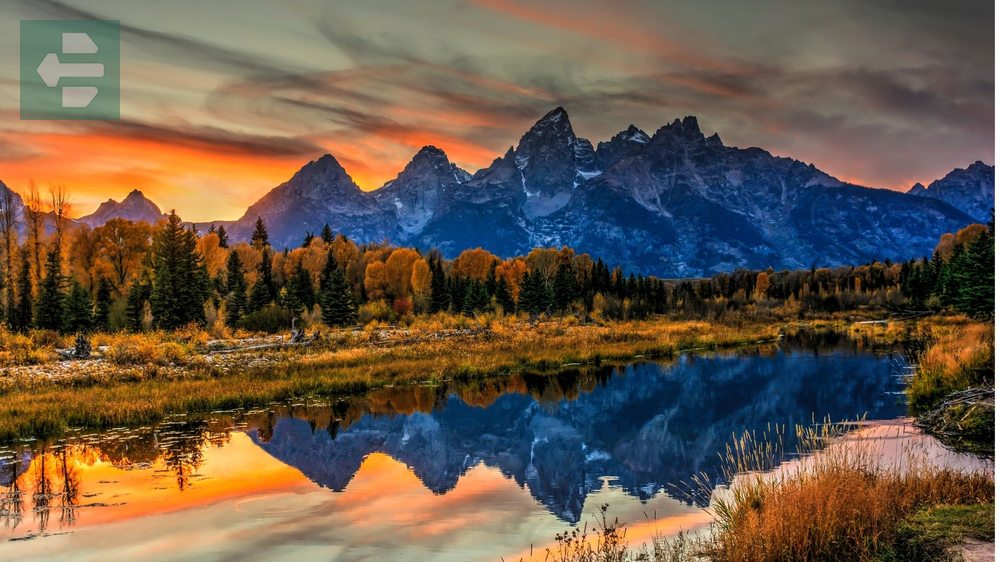
Jenny Lake sits like a mirror at the mountains' base. Take the boat shuttle across, then hike to Hidden Falls. The trail is short but steep, and the payoff is worth every step.
Local photographers know the secret: sunrise at Schwabacher Landing. The still water reflects the peaks perfectly, but you need to arrive by 6 AM before the wind picks up.
Quick Facts:
- Peak season: July-September
- Getting there: Jackson airport, then 10-minute drive
- Entry fee: From $30 per vehicle
- Suggested stay: 2-3 days
- Must-see spots: Jenny Lake, Jackson Lake, Teton Village
3. Jackson Hole: Wild West Meets Mountain Luxury
Jackson Hole sits in a valley surrounded by two mountain ranges. The town square features elk antler arches at each corner—a reminder that wildlife rules here.
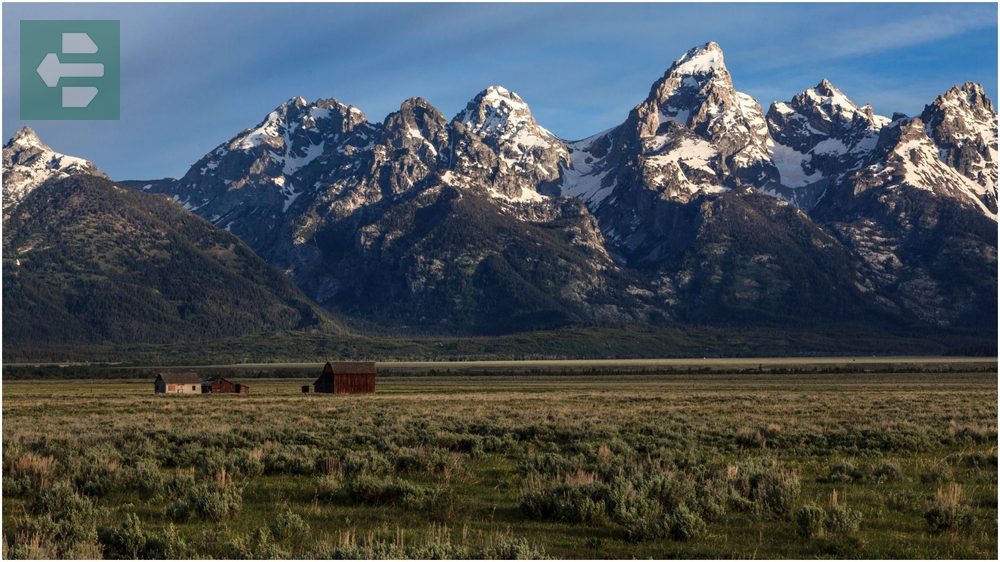
The Jackson Hole Mountain Resort offers world-class skiing in winter and scenic gondola rides in summer. The views from the top stretch across three states on clear days.
Skip the crowded restaurants on the square. Locals eat at Cafe Genevieve for breakfast—their pig candy bacon is legendary among ski instructors and ranch hands alike.
Quick Facts:
- Peak season: December-March (skiing), June-September (summer)
- Getting there: Jackson Hole Airport (JAC)
- Entry fee: Free (town access)
- Suggested stay: 2-3 days
- Must-see spots: Town Square, National Elk Refuge, Snow King Mountain
4. Devils Tower: Monolith in the Plains
Devils Tower rises 867 feet from the surrounding grassland like a giant tree stump. Native Americans consider it sacred, and climbers treat it with similar reverence.

The tower was America's first national monument, designated by Theodore Roosevelt in 1906. Its distinctive columns formed by cooling volcanic rock create natural climbing routes that challenge even expert climbers.
The best photographs come from the 1.3-mile Tower Trail that circles the base. Morning light reveals the tower's true colors—not the black silhouette most people expect, but warm grays and oranges.
Quick Facts:
- Peak season: May-September
- Getting there: Drive from Rapid City (2 hours) or Gillette (1 hour)
- Entry fee: From $15 per vehicle
- Suggested stay: Half day to 1 day
- Must-see spots: Tower Trail, Prairie Dog Town, Visitor Center
5. Cody: Buffalo Bill's Western Legacy
Cody was founded by Buffalo Bill himself in 1896. The town maintains its frontier spirit with nightly rodeos and the world-renowned Buffalo Bill Center of the West.

The Cody Nite Rodeo runs every night from June through August. Real cowboys compete in events that matter to their livelihoods—this isn't a tourist show, it's the real thing.
I discovered the best Western gear at Wayne's Boot Shop, where working ranch hands have bought their boots for three generations. The owner still hand-fits every pair.
Quick Facts:
- Peak season: June-August
- Getting there: Cody Regional Airport or drive from Billings (2 hours)
- Entry fee: Free (town access)
- Suggested stay: 2 days
- Must-see spots: Buffalo Bill Center, Cody Nite Rodeo, Historic Irma Hotel
6. Cheyenne: Frontier Capital
Cheyenne began as a Union Pacific Railroad town in 1867. The state capitol building's golden dome has watched over the High Plains for more than a century.
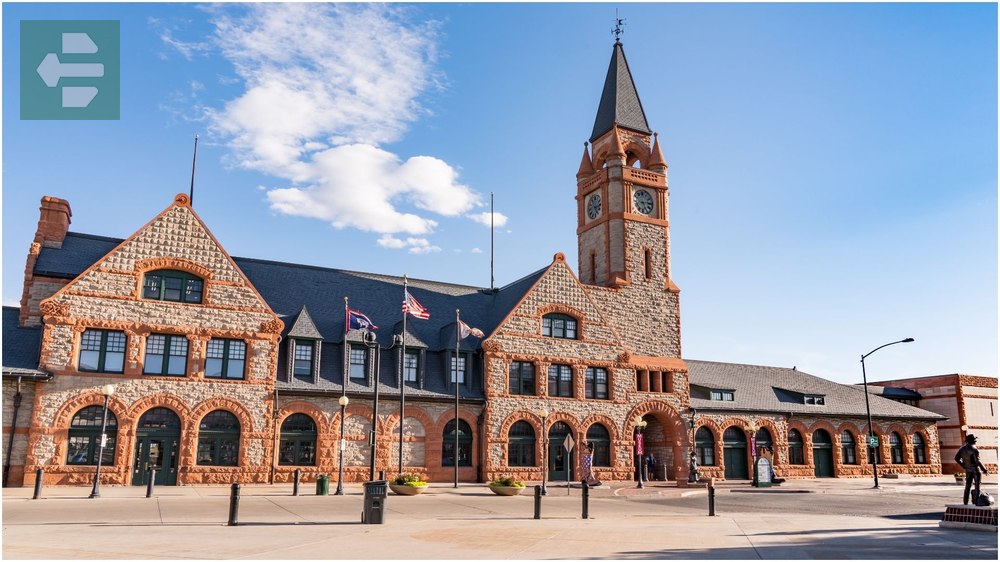
Cheyenne Frontier Days in late July transforms the quiet capital into the “Daddy of 'em All” rodeo celebration. For ten days, the city's population triples with cowboys, musicians, and carnival rides.
The Historic Depot Museum tells Cheyenne's railroad story. A local historian told me the depot's clock tower still keeps perfect time—it's been running since 1887.
Quick Facts:
- Peak season: July (Frontier Days), May-September
- Getting there: Denver airport (2 hours drive) or Cheyenne Regional
- Entry fee: Free (city access)
- Suggested stay: 1-2 days
- Must-see spots: State Capitol, Historic Depot, Frontier Park
7. Casper: Oil Boom Heritage
Casper sits along the North Platte River where the Oregon Trail once carried pioneers west. The National Historic Trails Interpretive Center brings that journey to life with interactive exhibits.

Casper Mountain offers year-round recreation just 10 miles from downtown. Summer brings hiking and mountain biking, while winter transforms it into a local skiing haven.
At Independence Rock, 50 miles southwest, you can still read names carved by Oregon Trail travelers. The massive granite dome was the “register of the desert” for westward migrants.
Quick Facts:
- Peak season: May-September
- Getting there: Casper/Natrona County Airport
- Entry fee: Free (city access)
- Suggested stay: 1-2 days
- Must-see spots: Trails Center, Independence Rock, Casper Mountain
8. Laramie: University Town in the High Plains
Laramie sits at 7,220 feet elevation, making it one of America's highest college towns. The University of Wyoming dominates the city, bringing energy and culture to the High Plains.

The Wyoming Territorial Prison housed Butch Cassidy in the 1890s. Today it's a museum where you can walk through the same cells that held famous outlaws.
Medicine Bow National Forest surrounds Laramie, offering easy access to fishing and hiking. Locals know the Snowy Range peaks provide the best alpine scenery within an hour's drive.
Quick Facts:
- Peak season: May-October
- Getting there: Drive from Denver (2.5 hours) or Cheyenne (1 hour)
- Entry fee: Free (city access)
- Suggested stay: 1 day
- Must-see spots: Territorial Prison, University of Wyoming, Snowy Range
9. Sheridan: Where Cowboys Come Home
Sheridan sits in the shadow of the Bighorn Mountains, surrounded by working ranches that still move cattle the old way. Main Street feels like stepping back to 1880, with original brick buildings and wide sidewalks built for horses.

The King's Saddlery has crafted custom saddles since 1946. Cowboys from across the West still come here for gear that lasts generations.
At the WYO Theater, a restored 1923 vaudeville house, you might catch anything from Broadway shows to local ranch musicians. The acoustics remain perfect after a century of performances.
Quick Facts:
- Peak season: June-September
- Getting there: Drive from Billings (2 hours) or Denver (4 hours)
- Entry fee: Free (city access)
- Suggested stay: 1-2 days
- Must-see spots: Historic Main Street, King's Saddlery, Bighorn Mountains
Plan Your Wyoming Adventure
Wyoming rewards the curious traveler who seeks authentic experiences over polished attractions. These nine destinations offer everything from world-famous geysers to quiet mountain towns where cowboys still gather at dawn.
The best places to visit in Wyoming aren't just destinations—they're invitations to slow down and remember what the American West really means.
Start planning now. Wyoming's wide skies and endless horizons are waiting.



